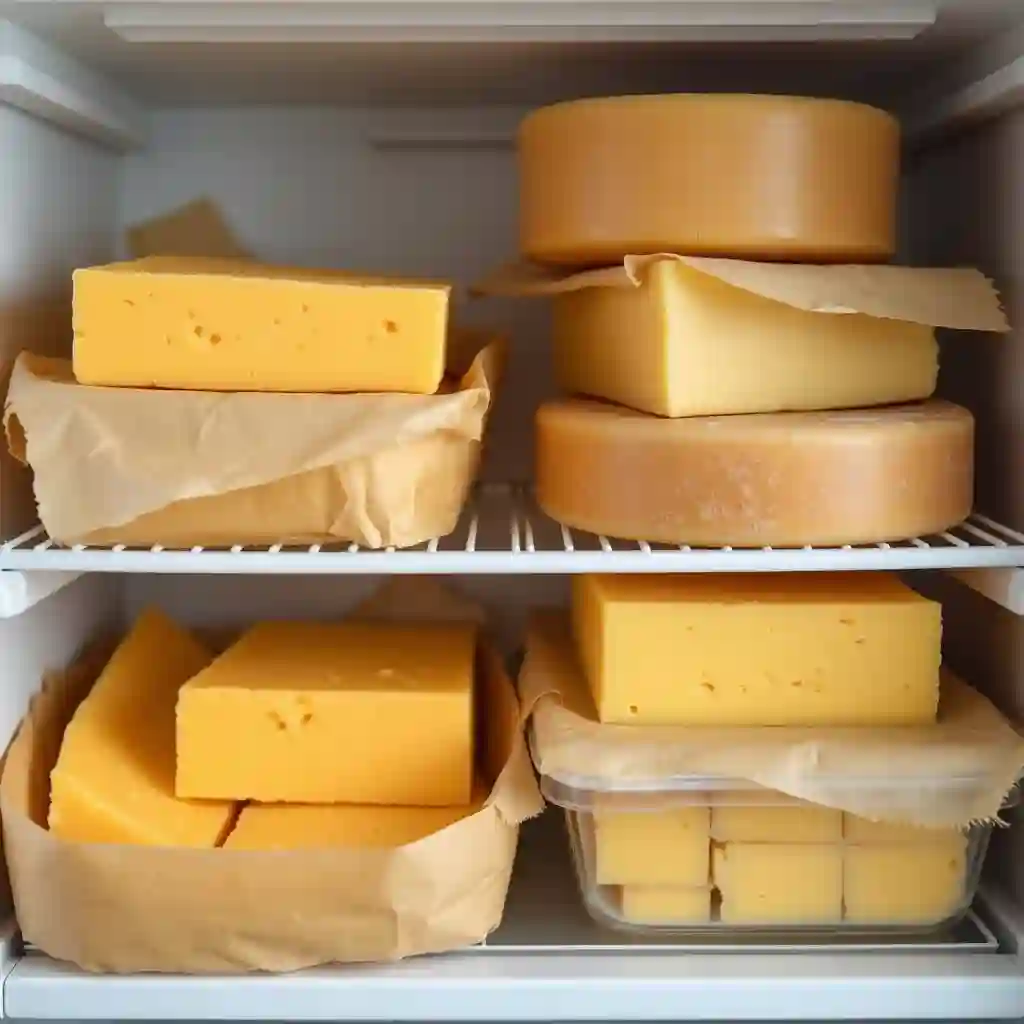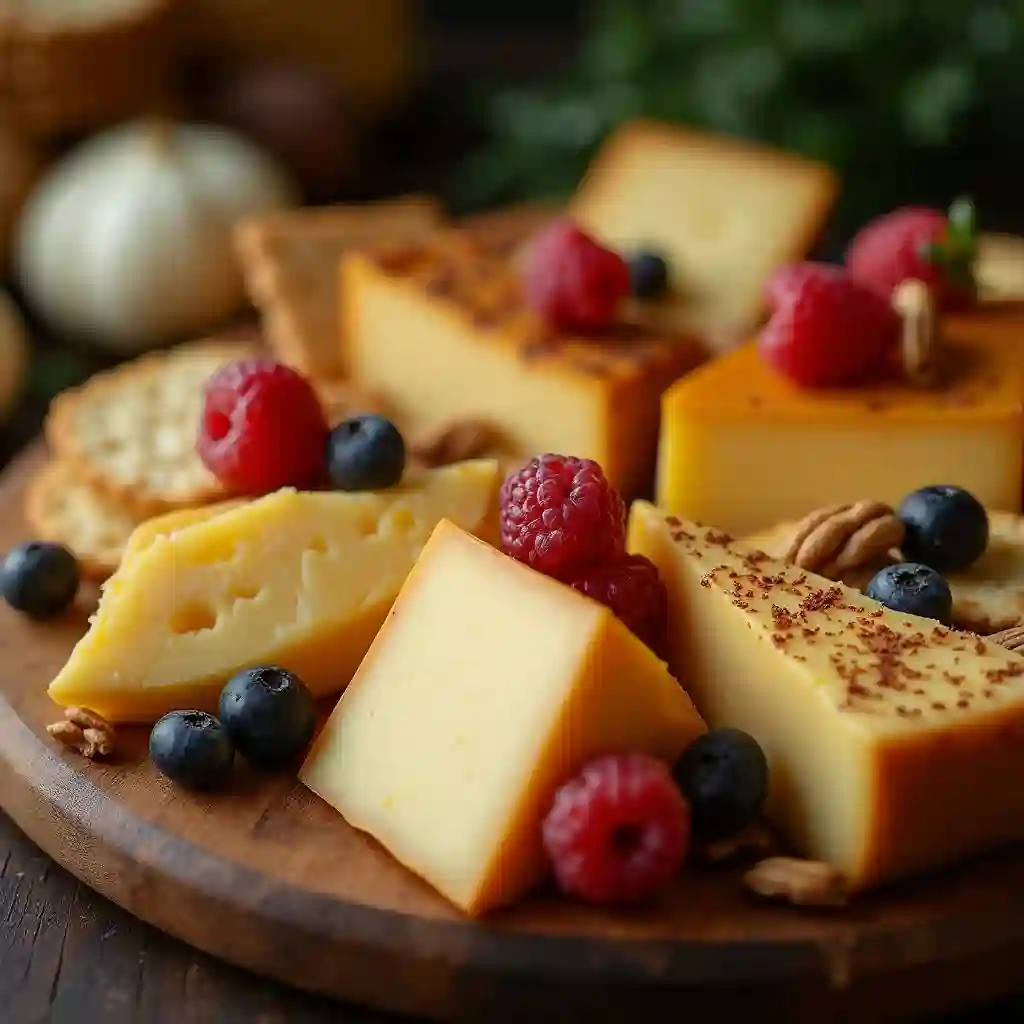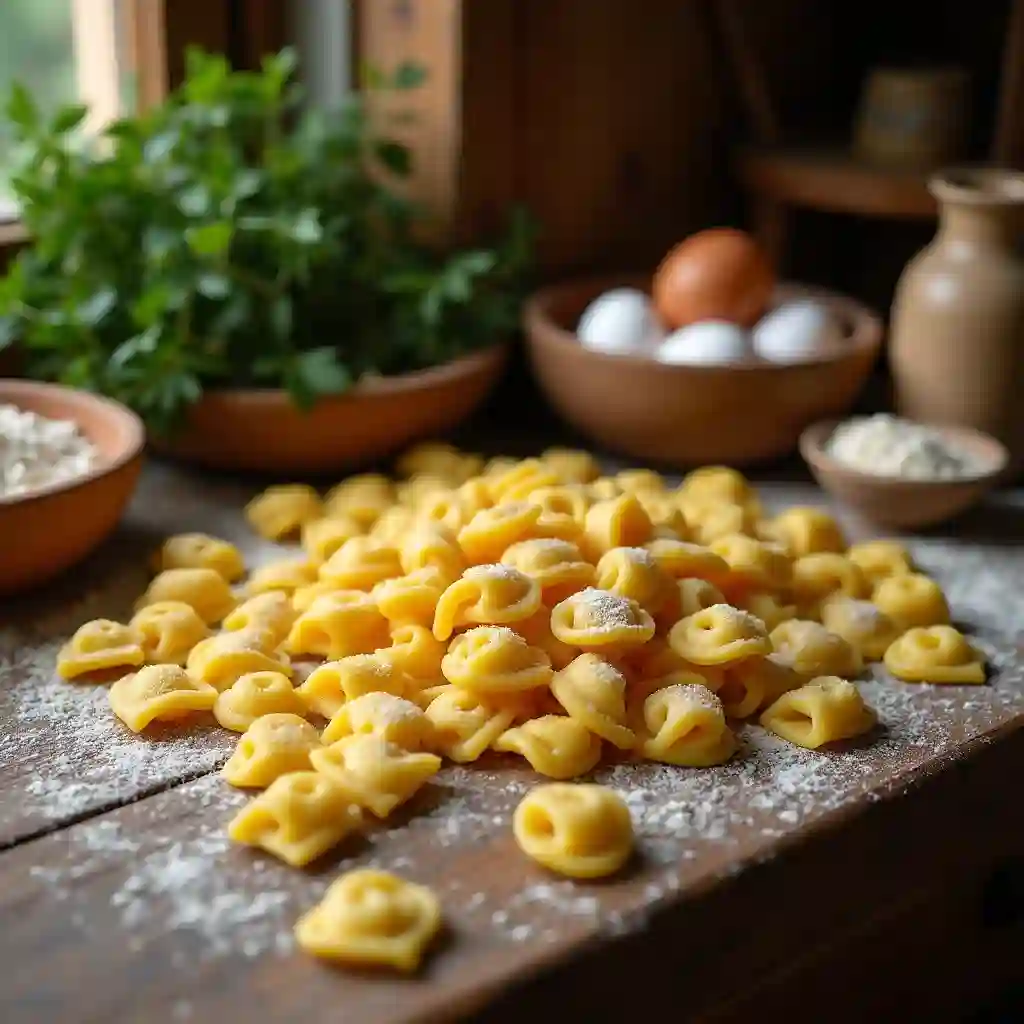Cheddar cheese is one of those classic ingredients that can elevate any dish, whether you’re making a simple grilled fromage sandwich or a gourmet pasta bake. In this article, we’re diving deep into the world of cheddar cheese. From its rich history and various types to its nutritional benefits and culinary uses, you’ll discover why this beloved cheese holds a special place in our hearts and kitchens. Let’s start by understanding what cheddar cheese really is.
What is Cheddar Cheese?
Definition and Overview of Cheddar Cheese
At its core, it is a hard and natural cheese that originates from England. This famous variety is produced from cow’s milk and is known for its sharp, distinct flavor that can vary significantly depending on its age. Interestingly, it comes in various colors, ranging from the traditional pale yellow to a bright orange hue, often due to the addition of a coloring agent called annatto.
What sets cheddar cheese apart is its unique taste. This cheese has a smooth texture and can be crumbly or creamy, depending on how long it’s been aged. Mild cheddar offers a subtle flavor, while extra sharp cheddar boasts a stronger, more pronounced taste that lingers in your mouth. It’s versatile, finding its way into countless recipes, from classic comfort foods to high-end gourmet dishes.
History and Origins of Cheddar Cheese
The roots of cheddar cheese trace back to the village of Cheddar in Somerset, England, where it was first made over 800 years ago. Legends say that early cheesemakers discovered a technique of pressing and kneading curds, which laid the foundation for the cheddar-making process we know today. Over the years, this method spread beyond England, particularly to the United States and other parts of the world.
Today, it is one of the most consumed varieties globally. Many countries have put their unique spin on cheddar, leading to distinctive regional flavors that celebrate local agriculture and cheesemaking traditions. This blend of history, culture, and craft makes cheddar cheese not just a food item but a cherished part of our culinary heritage.
As we look to the next part of our article, we’ll explore the different types of cheddar cheese and how their flavor profiles can vary with aging and production methods. This journey through this fromage is just beginning!
Types of Cheddar Cheese

Different Varieties of this Cheese
When it comes to cheddar cheese, there’s a rainbow of varieties to choose from! The most common types include mild, sharp, and extra sharp cheddar. Mild cheddar is perfect if you’re looking for a creamy, somewhat buttery flavor that’s great for sandwiches and melting into dishes. As cheddar cheese ages, it becomes sharper and tangier, appealing to those who enjoy bold flavors.
Another delightful variety is white cheddar, which has a smooth texture and a slightly sharper profile than its yellow counterpart. It’s often used in dishes like macaroni and cheese or on cheese boards. Speaking of which, there are also aged cheddars that are aged between 12 and 24 months, resulting in a more intense flavor. For the adventurous palate, there’s even smoked cheddar, which gets infused with a rich, smoky aroma, adding a fantastic twist to your favorite recipes.
Aging Process and Its Effects on Flavor
The aging process is crucial in determining the flavor and texture of cheddar cheese. Typically, the cheese is aged in controlled environments, allowing it to develop a full-bodied flavor. Aged cheddar, for instance, has undergone a long maturation, resulting in a crumbly texture and an intense, nutty taste that can be savored alone or paired with fruits and nuts.
Interestingly, the aging doesn’t just change the flavor profile; it also affects the color and texture of the cheese. Younger cheddars tend to be smooth and creamy, while older varieties may become drier and firmer. If you’re curious about the effects of aging, it’s worth trying a range of cheddars and discovering your personal favorite.
In the next part of our journey, we’ll dive into how this wonderful one is made, exploring the production process and ingredients that contribute to its unique qualities.
We have other great recipes that you will definitely like. Click on the following links:
: How it is Made
The Cheddar Cheese Production Process
Making it is a fascinating process that starts with fresh cow’s milk. First, the milk is heated and then combined with rennet, which helps curdle the milk. Following this, the curds are cut into small pieces and gently cooked, allowing them to expel some whey — the liquid component of milk. This step is essential for developing the cheese’s texture.
After cooking, the curds are pressed into molds, where they form into blocks. Once the moisture is reduced, the cheese is aged for a predetermined time. This aging can take anywhere from a few months to several years, during which flavors deepen and textures change.
Key Ingredients in Cheddar Cheese Production
While the primary ingredient in cheddar cheese is milk, several other components play a crucial role in the final product. Let’s not forget salt, which enhances flavor and helps with preservation. Additionally, cultures and enzymes are added to develop specific flavors and textures in the cheese. That’s why different cheesemakers can create such unique and delightful flavors of cheddar, depending on their techniques and ingredient choices.
With a solid understanding of how cheddar cheese is crafted, you’re likely feeling even more appreciative of this beloved ingredient. In the next section, we’ll explore the culinary uses of this fromage, showcasing how versatile it is in the kitchen!
Culinary Uses of Cheddar Cheese
Popular Dishes Featuring Cheddar Cheese
When it comes to cooking, it is a superstar! It’s a key ingredient in many classic dishes that we all know and love. For instance, who can resist a gooey grilled cheese sandwich melted to perfection? Pair it with a bowl of tomato soup for the ultimate comfort meal. Moreover, it shines in macaroni and cheese, creating that creamy, dreamy sauce that kids and adults alike crave.
Other popular dishes featuring cheddar include cheesy casseroles, quiches, and savory potato bakes. Just think about a festive gathering where you whip up a cheese platter; a good sharp cheddar can elevate any cheese board, paired with fruits, crackers, and nuts. In addition, it can be grated and sprinkled onto baked potatoes or salads, adding that delightful burst of flavor.
Creative Ways to Use Cheddar Cheese
But why stop at the classics? Cheddar cheese is super versatile, lending itself to a myriad of creative applications in the kitchen. You might try using it in breakfast dishes like omelets or scrambled eggs for a melty, savory twist. Grate it into your favorite chili recipe for added depth or mix it into cornbread batter for an unexpected flavor punch.
Additionally, don’t overlook using cheddar as a topping for nachos! Drizzle some warm cheese over tortilla chips, and layer in jalapeños, guacamole, and salsa. Your guests will be clamoring for more! If you’re feeling particularly adventurous, how about incorporating a bit of smoked cheddar into your sandwiches or burgers? It adds a unique depth that can turn an ordinary meal into something special.
For more delicious recipes using cheddar cheese, check out our recipe articles to find inspiration and creative ways to enhance your meals!
Health Benefits of Cheddar Cheese(300 words)
Nutritional Profile of Cheddar Cheese
You might be surprised, but it also packs a punch when it comes to nutrition! It’s a rich source of essential nutrients, including calcium, protein, and vitamins. Just one ounce of cheddar cheese provides about 20% of your daily calcium needs, which is vital for strong bones and teeth. Furthermore, the protein found in cheddar is quite filling, making it a great addition to snacks or meals that help keep you satisfied longer.
Moderation is Key
However, it’s essential to enjoy it in moderation due to its fat and sodium content. Opting for low-fat versions can be a delicious way to cut calories without giving up that classic cheddar taste. You can add it to various dishes while still prioritizing a balanced diet.
Being mindful of portion sizes and pairing cheddar with healthy ingredients, like vegetables or whole grains, can allow you to savor its benefits without overdoing it. In the end, cheddar cheese can certainly be part of a healthy diet, as long as you enjoy it wisely.
In conclusion, whether you’re using it in your favorite comfort foods, trying new recipes, or enjoying its health benefits, it should certainly be a staple in your kitchen. Explore and taste all the ways this fantastic cheese can bring joy to your meals!
Storing and Preserving Cheddar Cheese

Best Practices for Storing Cheddar Cheese
To keep cheddar cheese fresh and flavorful, proper storage is crucial. First and foremost, always wrap it in wax paper or parchment paper. This method protects it while allowing the cheese to breathe. Avoid using plastic wrap, as it can trap moisture and lead to mold growth, diminishing the quality of your cheese.
Once wrapped, place the cheddar one in an airtight container or a resealable plastic bag. Keeping it in the refrigerator is the best option, as the cool temperature slows down spoilage. If you plan to enjoy the cheese later, consider freezing it. While freezing can change the texture slightly, it still works well for cooking and baking. When you’re ready to use it, simply thaw it in the fridge overnight to ensure a smoother texture.
Signs of Spoilage
It’s equally important to know how to identify if cheddar cheese has gone bad. Pay attention to changes in appearance. If you notice mold spots that are not typical for your cheese, it’s a good idea to discard the affected areas. However, if the cheese only has a few small surface molds, you can cut away the moldy part while being careful of your knife to avoid cross-contamination.
Additionally, smell can be a great indicator. If it gives off an unpleasant odor or tastes sour, it’s best to toss it. Trust your senses; they often know when something is off. By following these storage tips, you can continue to enjoy the great taste of cheddar cheese for weeks or even months!
Conclusion ()
Summarizing the Deliciousness of Cheddar Cheese
In conclusion, it is not just a beloved ingredient; it’s a culinary superstar that enhances many dishes. Whether you enjoy it melty in a grilled fromage sandwich, sprinkled over nachos, or elegantly plated on a cheese board, the versatility of cheddar knows no bounds. Moreover, its rich variety means there’s a type of cheddar for everyone, from mild to extra sharp.
Additionally, the health benefits and the proper ways to store and preserve cheddar make it a smart choice for your diet. By incorporating this delightful cheese into your meals, you not only enjoy great flavors but also pack in essential nutrients.
So go ahead and explore the many possibilities with this fromage. Try new recipes, experiment with different varieties, and discover how this fantastic cheese can make every meal a little more special. As you head into your kitchen, remember that cheddar cheese can take any dish from everyday to extraordinary!
FAQs About Cheddar Cheese
Common Questions Answered
When it comes to cheddar cheese, people often have numerous questions. One common query is, “What is the difference between white and yellow cheddar cheese?” The primary difference lies in the coloring agents. Yellow cheddar contains annatto, a natural dye from the seeds of the achiote tree, giving it that distinct golden hue. White cheddar, on the other hand, skips the dye, resulting in a pale, creamy appearance. Both types offer the same rich flavor, although some might argue that the aging process can create subtle taste variations.
it can last several weeks in the fridge. Unopened cheese might stay fresh for up to six months, while opened cheese is best consumed within three to four weeks. To maximize its shelf life, always keep it wrapped well and check for any signs of spoilage.
Tips for Choosing Cheddar Cheese
When shopping for it, look for a few key indicators. First, check the label for freshness dates, and if possible, select cheese that is labeled “sharp” for a more robust flavor. Additionally, consider buying from a reputable source, like a local cheese shop, where you can often sample different varieties. This way, you can find the perfect cheddar cheese that suits your palate.
Final Thoughts on Cheddar Cheese
Embracing the Versatility of Cheddar Cheese
Ultimately, cheddar cheese is more than just a tasty ingredient; it’s a versatile companion in the kitchen. From its rich history to its numerous culinary uses, cheddar has proven to be a staple in many kitchens around the world. Whether you enjoy it in comfort foods, salads, or even desserts. it adds flavor and satisfaction to every meal.
Moreover, as you explore the various types and flavors of cheddar, you will undoubtedly discover new favorites. Experiment with mild, sharp, smoked, or even aged varieties to find what you love best. The journey of tasting cheddar cheese can lead you to unique dishes and delightful experiences.
In summary, embrace the magic of this fromage! With its rich flavors and numerous uses, it deserves a prominent place in your kitchen. So, gather your ingredients, get creative, and enjoy all that this incredible cheese has to offer. Happy cooking!




